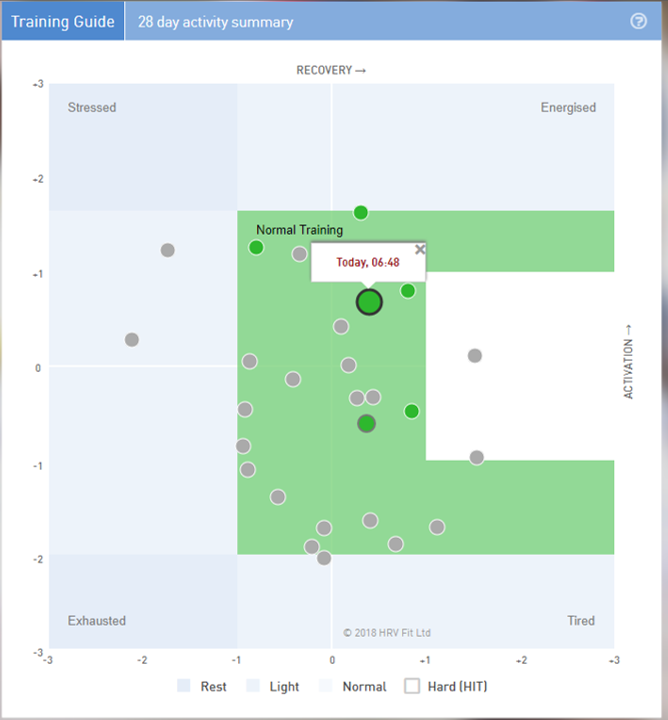Tip #8: How much sleep do you need?
Obesity levels for the senior population in the U.S. are now over 40 percent. If you are a former high school/college/post-college athlete who has been on the couch for the past 20-30+ years, this series of twice-monthly tips will show you how to resume an active lifestyle.
Fortunately, numerous studies have confirmed that it is never too late to resume an active lifestyle. I will show you how to reduce your fitness age, a more reliable indicator of longevity than your BMI, by 20+ years over the next 12-24 months. You will definitely be healthier, happier, and an inspiration for your family, friends, and colleagues. What’s better than that?
How much sleep do you need?
A new generation of fitness and heart rate trackers (around $100) are now available to help you. You can determine the quality of your sleep, as well as your daily heart rate stress levels. The two charts below were captured with a Garmin Vivosmart HR+ watch that I purchased a couple of years ago.
It is easy to determine what is beneficial stress, like your workout, and what is causing debilitating stress, like work or family conflict. Pair this data with your heart rate variability (HRV) score and you now have an accurate measure of your readiness to complete your daily workouts.
What have I learned?
According to an online article by Dr. Marcelo Campos, Harvard Medical School, ” HRV is simply a measure of the variation in time between each heartbeat. This variation is controlled by a primitive part of the nervous system called the autonomic nervous system (ANS). It works regardless of our desire and regulates, among other things, our heart rate, blood pressure, breathing, and digestion… People who have a high HRV may have greater cardiovascular fitness and be more resilient to stress. HRV may also provide personal feedback about your lifestyle and help motivate those who are considering taking steps toward a healthier life. “
I’ve been capturing my HRV every morning, since April 2, 2018, before I get out of bed using a smartphone app called “ithlete” paired with my heart rate monitor. Here is a chart of my HRV for a typical 28 day period. The majority of my readings are in the “normal” range, but there were two “stressed” and one “exhausted” readings when I took a rest day from training. There was also two days when my recovery was “energized” enough for hard high-intensity interval training (HIIT).
 The importance of rest and recovery for an active lifestyle cannot be overstated. It is just as important as exercise and nutrition.
The importance of rest and recovery for an active lifestyle cannot be overstated. It is just as important as exercise and nutrition.
Any questions?
Tip #9 Preview: Do you have to change your diet?


